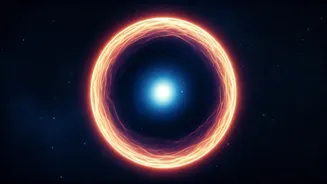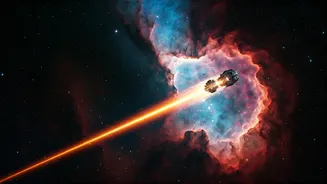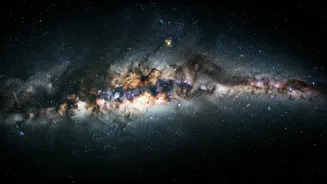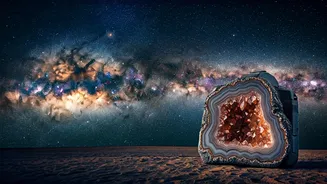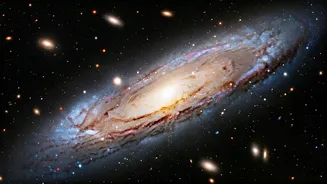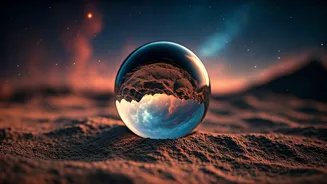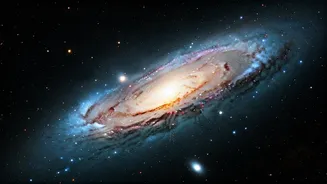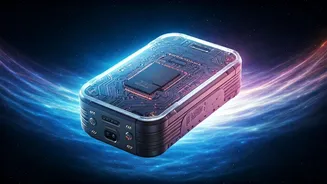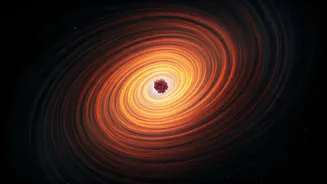Cosmic Timekeepers: Introduction
Determining the universe's age has been a monumental task for scientists. It's not merely about looking at the present; it's about understanding the entire
timeline of existence, from its inception to the present day. Scientists utilize a variety of techniques and tools to piece together this cosmic puzzle, each one offering a unique perspective on the universe's history. It is a testament to human curiosity and the relentless pursuit of knowledge, demonstrating our ability to observe, analyze, and understand the vast expanse that surrounds us.
Ancient Rocks and Clues
One of the primary methods used to estimate the age of the universe involves studying the oldest rocks on Earth and in space, such as meteorites. These rocks act as time capsules, preserving elements that formed during the early stages of the solar system. By analyzing the radioactive decay of elements within these rocks, scientists can determine their age. This information provides a lower limit for the age of the universe, as the universe must be at least as old as the oldest objects within it. These observations help refine cosmological models and understand the universe's evolution.
Star Data: Celestial Clues
Another crucial technique involves studying the properties of stars, particularly those in globular clusters. These clusters are collections of stars bound together by gravity, and the stars within them are believed to have formed around the same time. Astronomers analyze the color, brightness, and position of stars in these clusters to determine their age. By comparing these observations with theoretical models of stellar evolution, they can estimate the age of the stars, which, in turn, gives insights into the age of the universe. Observations of distant galaxies and their constituent stars provide independent confirmations of the universe's age.
Expanding Universe: Evidence
The expansion of the universe, discovered by Edwin Hubble, provides compelling evidence for its age. Hubble observed that galaxies are moving away from us, and the farther away they are, the faster they recede. This observation led to the Big Bang theory, which posits that the universe began in an extremely hot, dense state and has been expanding and cooling ever since. By measuring the rate of expansion, scientists can extrapolate back in time to estimate when the expansion began, which provides another estimate of the universe's age. This method is validated by data from the cosmic microwave background radiation, the afterglow of the Big Bang.
NASA's Amazing Images
NASA consistently releases stunning images that enhance our understanding and appreciation of the universe. These images, taken by telescopes like the Hubble Space Telescope and the James Webb Space Telescope, showcase galaxies, nebulae, and other celestial objects in incredible detail. These visuals are not only beautiful but also provide valuable data. By studying these images, scientists can examine the distribution of galaxies, the formation of stars, and the properties of celestial bodies. They offer visual evidence that supports scientific findings and stimulate further exploration and research. These images have captured the public's imagination and deepened our fascination with space exploration.
Beyond the Horizon
The pursuit to determine the age of the universe is a continuous journey of discovery. Scientists use various methods and constantly refine their measurements. The information gained helps refine cosmological models and provides a deeper understanding of the universe's evolution. As technology advances and new tools are developed, we continue to learn about the cosmos. With ever-more detailed observations and sophisticated analysis techniques, the journey to understand the universe's age is far from over. The search for answers continues, driving us to explore the unknown and expand our knowledge of the vast expanse.

